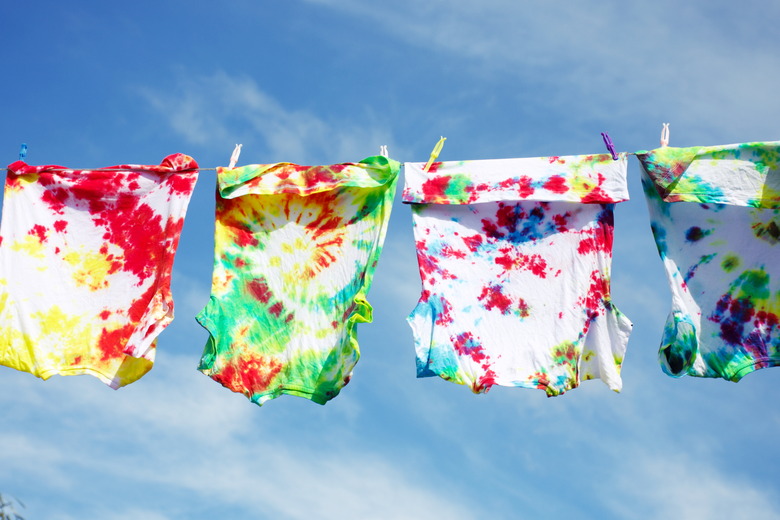How To Dispose Of Rit Dye
We may receive a commission on purchases made from links.
For the plucky home DIYer, Rit dye is a craft room staple. Whether it's dying white tennis shoes to match a pair of lemon capris or giving a set of unfinished wicker furniture a transformative purple finish, Rit dye is a popular choice when it comes to tackling the job.
However, since it's designed to stain and dye items like wood, cotton, and wicker, that can leave users with questions about cleanup, including the right way to dispose of Rit dye once all the crafting is finished. Luckily, due to its safe ingredients, it is as easy to dispose of Rit dye as it is to use it.
What Is Rit Dye?
What Is Rit Dye?
Rit is a commercial dye that has been manufactured since 1918 and is sold in both a powdered and liquid form. Rit sells an assortment of different products designed to dye various household items. Rit dye is activated when it is combined with hot water, which causes it to bond with the item you're dyeing, be it a sweatshirt or an unfinished end table, resulting in a stunning, colorful transformation.
Rit's all-purpose line can be used to dye items such as cotton, wood, natural materials and fibers, and even some synthetic materials. The Rit DyeMore line is designed to tackle a wider array of synthetic products, including items like golf balls and sunglasses.
Rit dyes are made of acid, disperse and direct dyes, and sodium chloride. Rit is not tested on animals and is a vegan product whose ingredients have been found by the Consumer Product Safety Commission to be nontoxic. Because of this, getting rid of Rit dye without harming the environment is easy.
Disposing of Rit Dye Safely
Disposing of Rit Dye Safely
Rather than worrying about what to do with leftover dye water after dying a comforter in a tub, for example, you can rest easy. Because Rit dye is 100 percent nontoxic and environmentally friendly, you can simply flush it down your toilet, even if you have a septic system at home.
Rit dye is not made with any ingredients that will hurt the environment or your plumbing. In fact, early in the brand's life, it popularized using washing machines to dye clothes easily at home without leaving behind stains in the process.
You should, however, avoid pouring Rit dye directly on your lawn. Although it's nontoxic, the sodium chloride, or salt, contained in the dye can damage lawns, killing grass at the roots similar to the rock salt that's often used to melt snow and ice during winter.
When using Rit dye or any other home dye, read and follow all provided instructions, including any guidelines given about proper disposal.
Tip
Both Rit liquids and powders have an unlimited shelf life as long as you store them properly, which means placing Rit powder in a cool, dry spot and tightly screwing down the cap on a liquid.
